17 Remote Monasteries with Legends of Miracles and Mystics
Hidden across mountain cliffs, deserts, and valleys are remote monasteries where faith meets mystery. These sacred places have drawn pilgrims for centuries with stories of miracles and mystics who found peace in isolation. Each monastery carries centuries of devotion, where stone walls and silent halls echo with ancient prayers. Many of them are difficult to reach, yet travelers continue to make the journey for spiritual reflection and awe. Legends tell of glowing icons, healing waters, and voices carried by the wind. Whether perched on a cliff or buried deep in a desert, each site offers a glimpse into spiritual life untouched by time.
This post may contain affiliate links, which helps keep this content free. Please read our disclosure for more info.
Meteora Monasteries, Greece
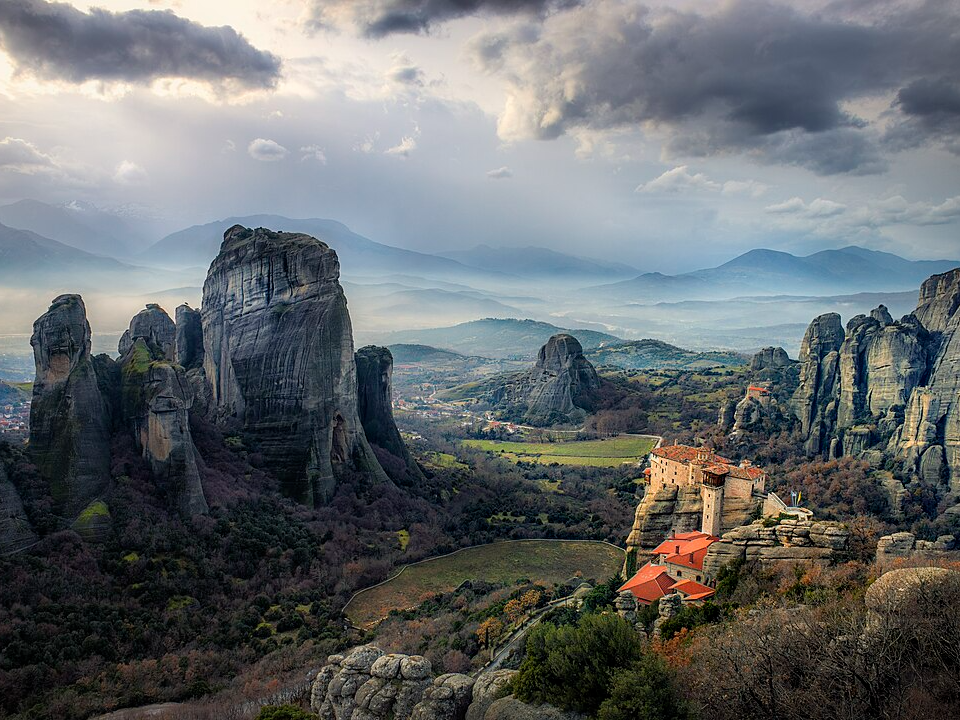
Built high atop sandstone pillars, the Meteora Monasteries seem to float between the earth and the heavens. Dating back to the 14th century, these monasteries were founded by monks seeking isolation and spiritual closeness to God. Legends tell of monks being lifted to the cliffs by ropes and baskets, guided by divine strength when the ascent seemed impossible. Today, their presence remains a living symbol of faith and perseverance.
The region holds stories of miraculous visions, where saints appeared to guide hermits during times of hardship. Local villagers still recount tales of mysterious lights hovering above the peaks on certain nights. Visitors often describe a powerful stillness in the air, as if the stones themselves remember centuries of prayer.
Taktsang Monastery, Bhutan
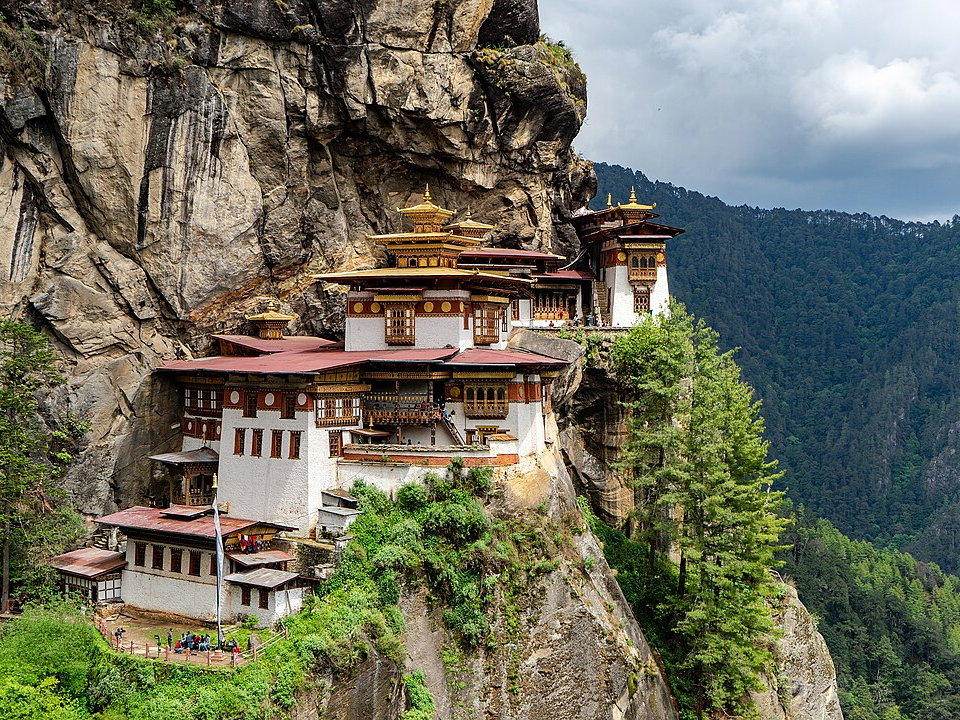
Taktsang Monastery, known as the Tiger’s Nest, clings to a sheer cliff nearly 10,000 feet above sea level. It was built in the 17th century on the site where Guru Padmasambhava, a revered figure in Tibetan Buddhism, is said to have meditated after arriving on a flying tiger. The breathtaking isolation of the monastery makes it one of the most sacred places in Bhutan.
Locals believe the cave within the monastery holds spiritual energy that purifies the soul. Pilgrims make the steep climb in silence, believing each step cleanses a lifetime of negativity. Many claim to have felt an unseen warmth or heard faint chanting within the mountain walls, strengthening their faith.
Sumela Monastery, Turkey
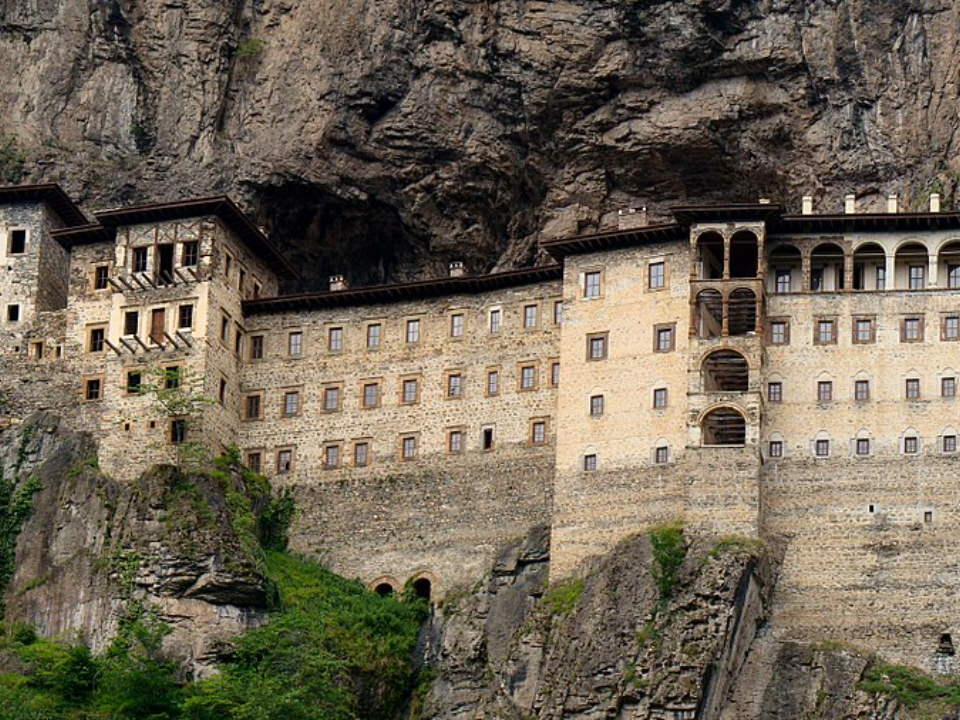
Carved into a steep cliff face in the Pontic Mountains, Sumela Monastery is a marvel of faith and endurance. It was founded in the 4th century after two monks followed a vision of the Virgin Mary holding the Christ Child. The monastery’s frescoes and stone corridors still echo the devotion of generations who came to pray there.
Stories tell of a miraculous icon that glowed in the dark, guiding monks during times of danger. Pilgrims who visit say they feel an unexplainable pull toward the sacred image, even centuries after its removal. The surrounding forest adds to the mystique, with mist and echoes that seem almost otherworldly.
Tabo Monastery, India
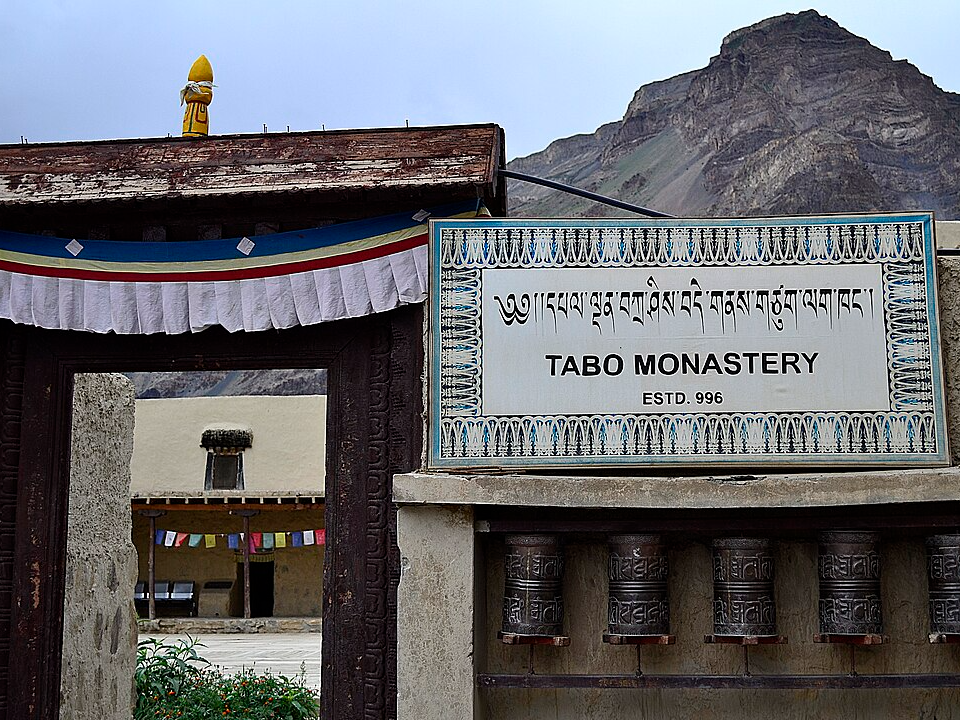
Hidden in the remote Spiti Valley of Himachal Pradesh, Tabo Monastery is often called the Ajanta of the Himalayas. Founded in 996 AD, it is one of the oldest continuously operating Buddhist monasteries in India. The mud-brick complex houses intricate wall paintings and manuscripts that have survived for over a thousand years.
Legends speak of luminous lights appearing above the monastery during festivals, said to be blessings from celestial beings. Monks describe dreams in which ancient masters appear to offer guidance. The surrounding mountains amplify the sense of spiritual depth, creating a stillness that feels timeless.
Thiksey Monastery, India

Located in Ladakh, Thiksey Monastery rises majestically over the Indus Valley. Its twelve-story structure resembles the Potala Palace in Tibet and serves as a center of meditation and learning. Within its walls, a 49-foot statue of Maitreya Buddha overlooks the valley below.
Locals believe that prayers said in Thiksey carry farther than anywhere else, echoing through the mountains to reach the divine. Some claim to have seen a soft golden glow during morning rituals, which monks say represents enlightenment. Visitors often describe the monastery’s energy as deeply calming and rejuvenating.
Saint Catherine’s Monastery, Egypt
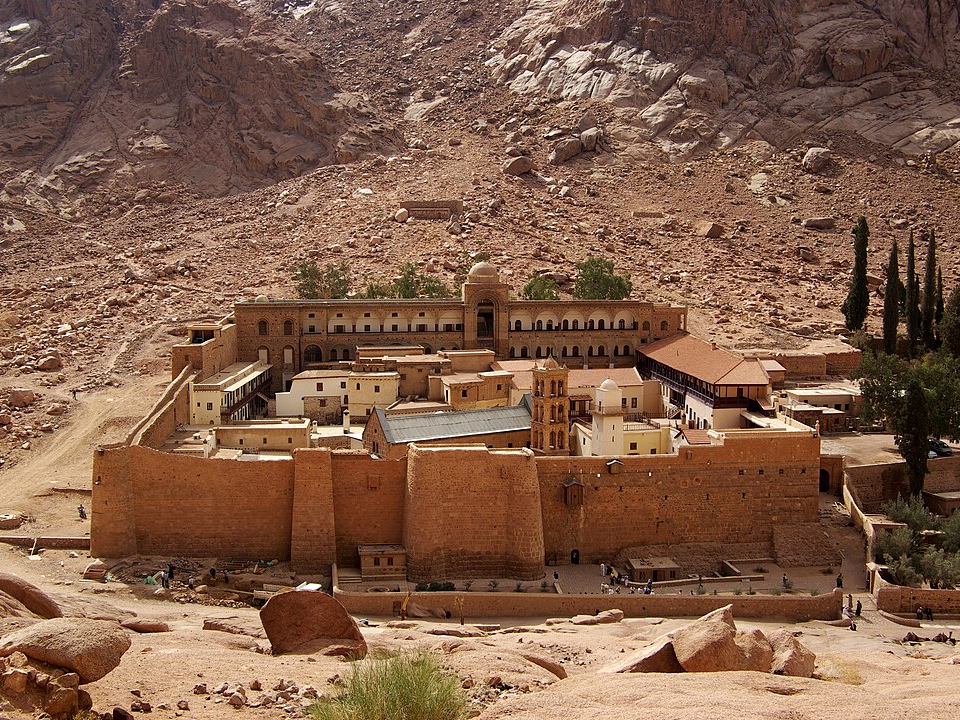
Located at the foot of Mount Sinai, Saint Catherine’s Monastery is one of the oldest Christian monasteries still in operation. It was built in the 6th century and is believed to house the site where Moses saw the Burning Bush. Its stone walls guard countless relics, including ancient icons and manuscripts.
Pilgrims report feelings of renewal after touching the roots of the bush, which continues to grow in the courtyard. There are stories of travelers healed from illness after visiting the site. The surrounding desert adds to the mystical aura, creating an atmosphere of timeless devotion.
Phugtal Monastery, India
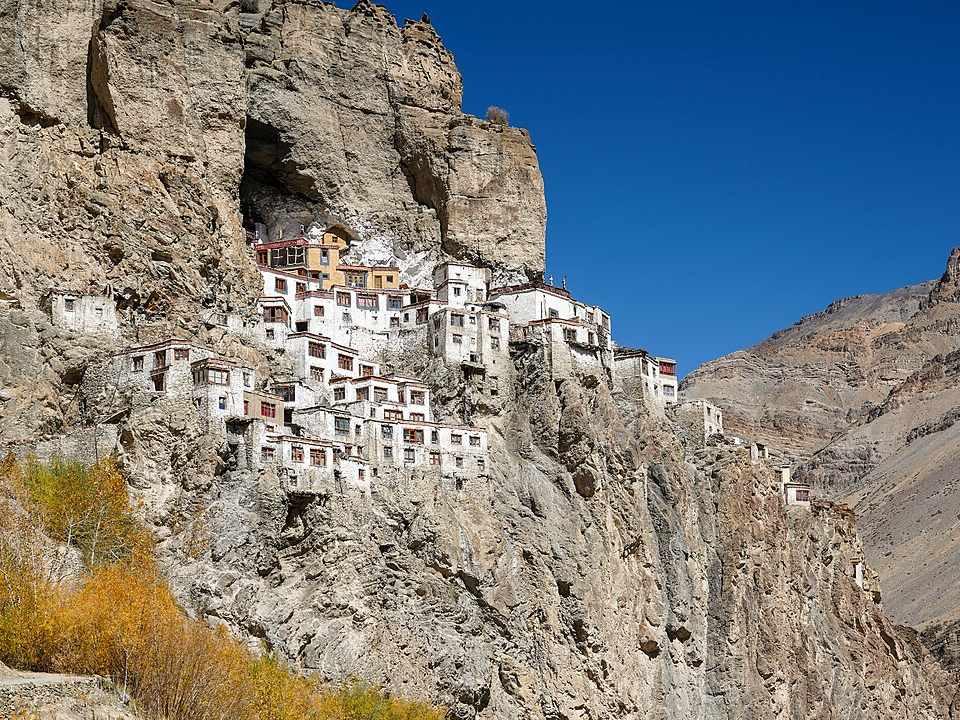
Phugtal Monastery is built into a natural cave on the side of a cliff in Zanskar, reachable only by foot or horseback. Founded in the 12th century, it was a refuge for scholars and monks seeking solitude. The monastery appears to flow out of the rock itself, blending perfectly with its rugged surroundings.
Legends tell of a sacred spring within the cave that never dries, even during droughts. Monks believe its waters carry healing energy, and many visitors claim to feel lighter after drinking it. The remote setting and silence give a sense of stepping outside time entirely.
Kirillo-Belozersky Monastery, Russia
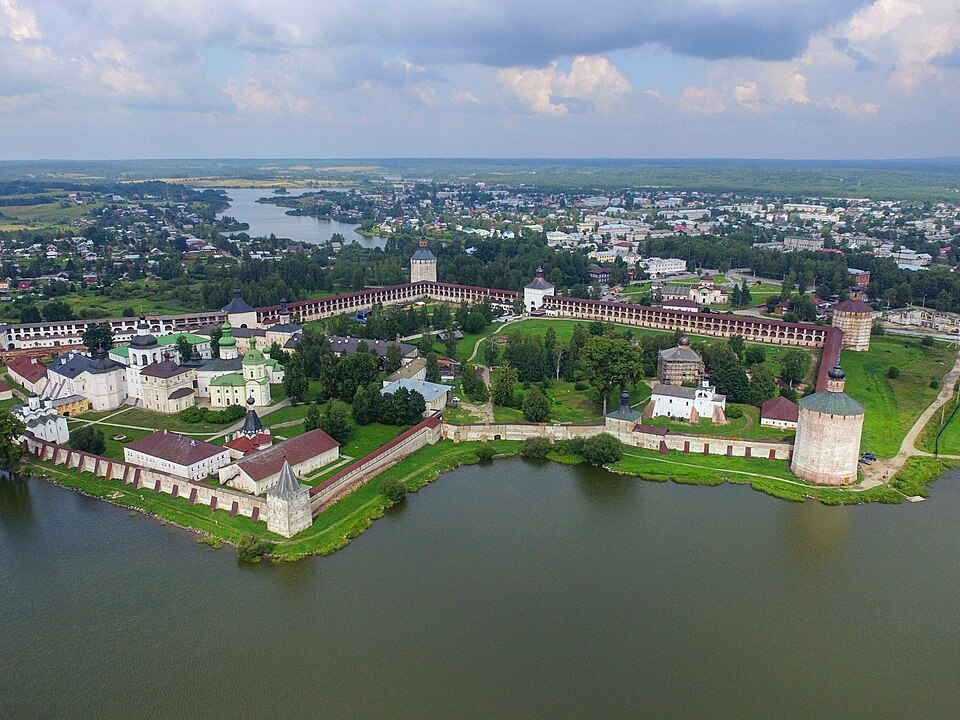
Founded in 1397, the Kirillo-Belozersky Monastery lies beside Lake Siverskoye in northern Russia. It became a spiritual and cultural center during the Middle Ages, housing countless relics and manuscripts. Its white walls and onion domes reflect beautifully over the still waters of the lake.
Local legends tell of visions of angels appearing over the lake during twilight. Fishermen once spoke of lights dancing on the water as if guided by unseen hands. The monks interpret these sightings as divine messages, reminders of faith shining through the dark northern nights.
Taung Kalat Monastery, Myanmar
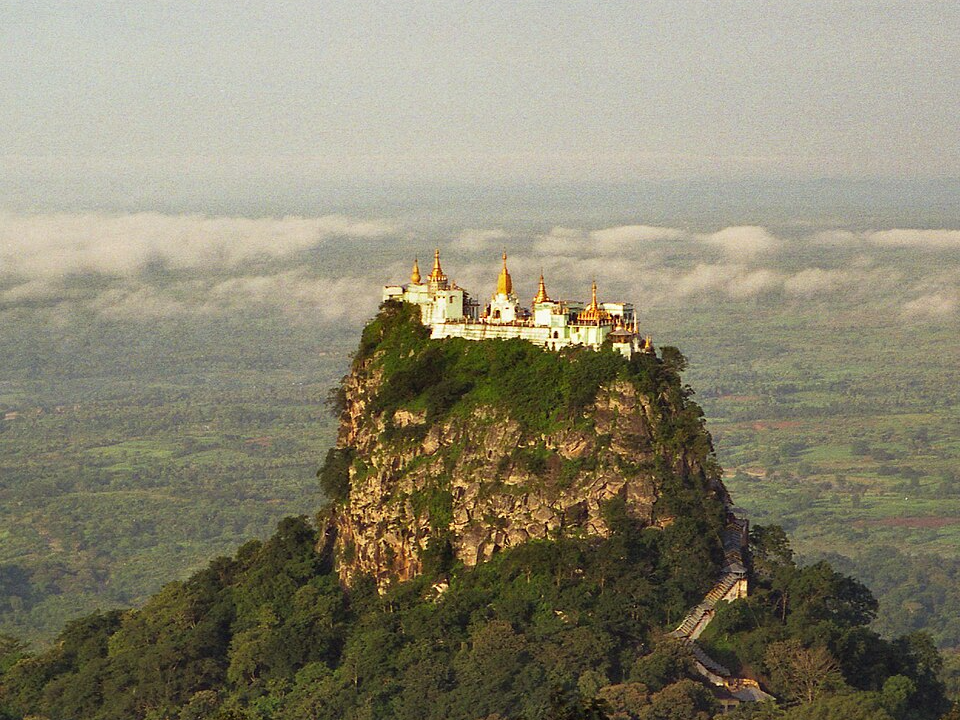
Perched atop an extinct volcano, Taung Kalat Monastery overlooks the plains of Bagan. Pilgrims climb hundreds of steps to reach its golden pagodas, often accompanied by curious monkeys along the way. The monastery is believed to be protected by powerful spirits known as Nats.
Visitors often describe feeling a strange pull toward the summit, as though guided by unseen forces. Legends say the Nats grant blessings to those who climb with a pure heart. When the mist rolls in and bells chime in the wind, it feels as if the mountain itself is alive in prayer.
Rila Monastery, Bulgaria

Nestled in the Rila Mountains, Rila Monastery is Bulgaria’s most sacred religious site. Founded by Saint John of Rila in the 10th century, it became a symbol of faith during centuries of hardship. The colorful frescoes, arched walkways, and towering domes give it an almost dreamlike beauty surrounded by thick pine forests.
Legend says that Saint John performed healing miracles and appeared to travelers who lost their way in the mountains. Pilgrims still visit his tomb, believing that prayers offered there are always answered. Some claim to hear faint chanting echoing through the corridors even when no one is inside.
Key Monastery, India

Perched high in the Spiti Valley of Himachal Pradesh, Key Monastery overlooks the winding Spiti River. It serves as a vital center of learning for young monks and holds centuries-old murals and manuscripts. The whitewashed structure rises like a fortress, reflecting the resilience of the faith that built it.
Tales speak of luminous orbs seen floating above the monastery during prayer festivals. Monks interpret these as signs of divine presence watching over them. The thin mountain air and silence make the setting feel otherworldly, a place where the boundary between human and spirit seems faint.
Hemis Monastery, India
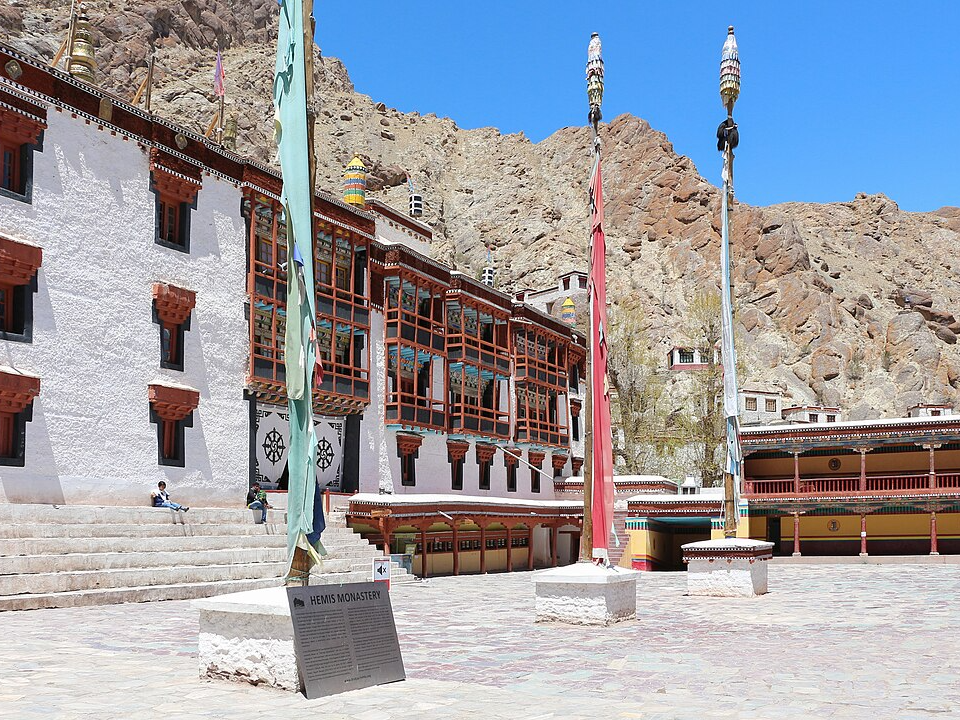
Located in Ladakh, Hemis Monastery is known for its grand festival celebrating Guru Padmasambhava. The monastery dates back to the 17th century and holds one of the largest collections of Tibetan Buddhist scriptures. Its remote setting surrounded by snow-capped peaks adds to its spiritual power.
Local belief holds that Hemis hides ancient scrolls about the life of Jesus during his lost years, attracting countless pilgrims and researchers. Some monks share stories of visions appearing during meditation, describing golden figures that glow in silence. The air feels charged with reverence during the yearly dances performed in the courtyard.
Monastery of Ostrog, Montenegro
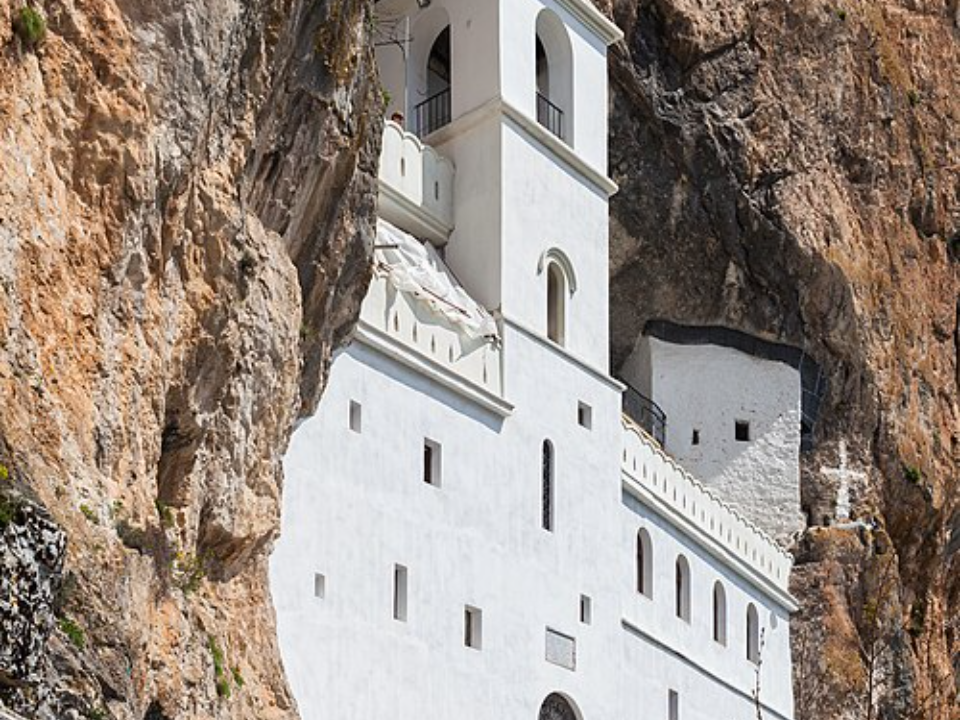
Built into a vertical cliff of Ostroška Greda, the Monastery of Ostrog is one of the Balkans’ most visited pilgrimage sites. It was founded in the 17th century by Saint Basil of Ostrog, whose relics are said to perform miracles. Pilgrims from all faiths come here to seek healing and guidance.
Many visitors claim to have witnessed unexplainable healings or seen lights illuminating the cliff at night. The monastery’s narrow stairways and stone walls radiate calm, as if centuries of prayer remain imprinted there. From the upper terrace, the sweeping view of the valley adds to the spiritual stillness.
Ganden Monastery, Tibet
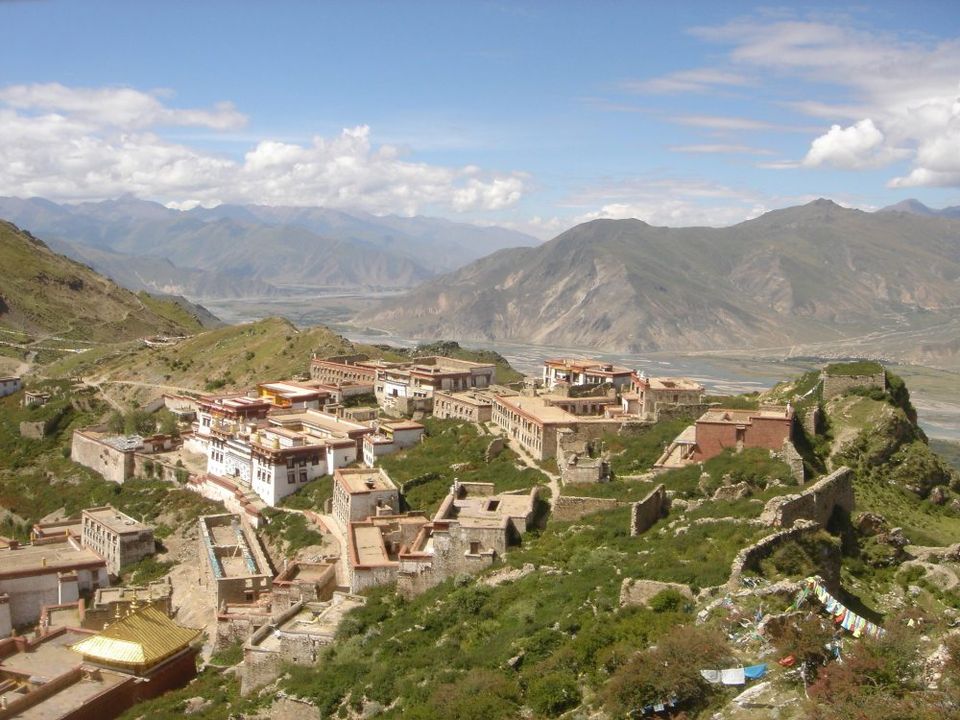
Founded in 1409 by Tsongkhapa, the founder of the Gelug school of Tibetan Buddhism, Ganden Monastery sits on a mountain ridge east of Lhasa. Despite its remote location, it became a major center of learning and devotion. Though damaged over time, it remains a place of renewal for monks and pilgrims alike.
Visitors often describe feeling an intense calm when the morning sun lights up the golden rooftops. Monks believe that the wind sweeping across the ridge carries prayers to the heavens. Stories tell of meditation masters who entered deep trances here and never returned to ordinary life.
Debre Damo Monastery, Ethiopia
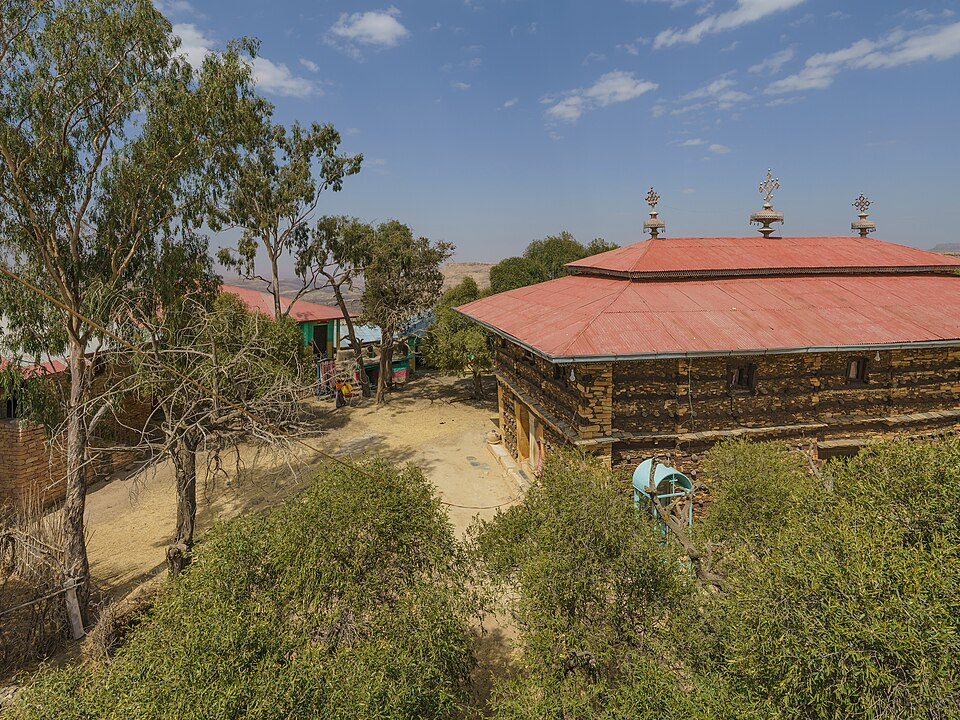
Debre Damo Monastery sits atop a sheer cliff in northern Ethiopia and is accessible only by climbing a leather rope. Founded in the 6th century, it is one of the oldest Christian monasteries in Africa. Its stone walls and wooden beams have survived for centuries with little change.
Local tales tell of angels who helped build the monastery by carrying stones up the cliff. Monks say that those who climb with faith find renewed strength in their hearts. Inside, the air feels sacred, and the chants echo like whispers from another time.
Sümela Monastery, Mongolia
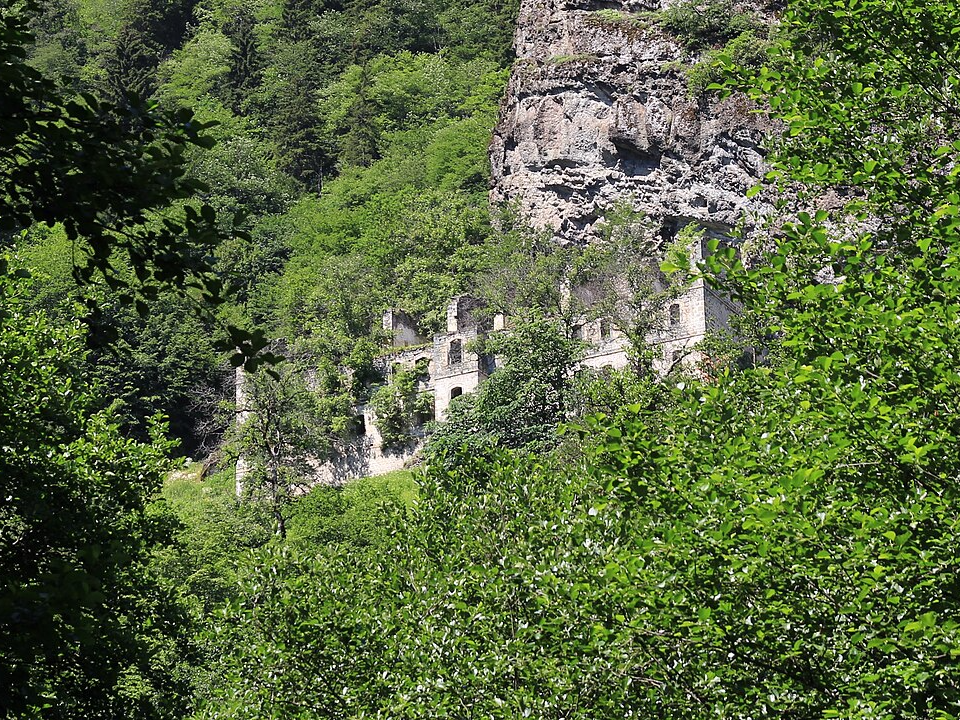
The Sümela Monastery of Mongolia lies deep in the Khangai Mountains and remains an important site for both history and spirituality. It was established as a sanctuary for monks seeking solitude away from the empire’s turbulence. Its structure blends with the rock, creating a natural harmony between faith and nature.
Legends say monks once saw celestial beings descending into the valley to bless the grounds. Travelers claim to feel a magnetic stillness when approaching the site. The air carries an ancient scent of incense and pine, heightening the sense of sacred presence.
Tatev Monastery, Armenia

Tatev Monastery stands on the edge of a cliff in southern Armenia, offering sweeping views of the Vorotan River Gorge. Built in the 9th century, it once served as a spiritual and educational hub. Despite natural disasters and invasions, it continues to stand as a testament to unwavering faith.
Local stories tell of a monk who prayed for the monastery’s bell tower to fly to heaven, and it did. The legend gave rise to the name Tatev, meaning “Give me wings.” Visitors often feel a deep calm while walking through its ancient halls surrounded by the vast Armenian countryside.
This article originally appeared on Avocadu.
